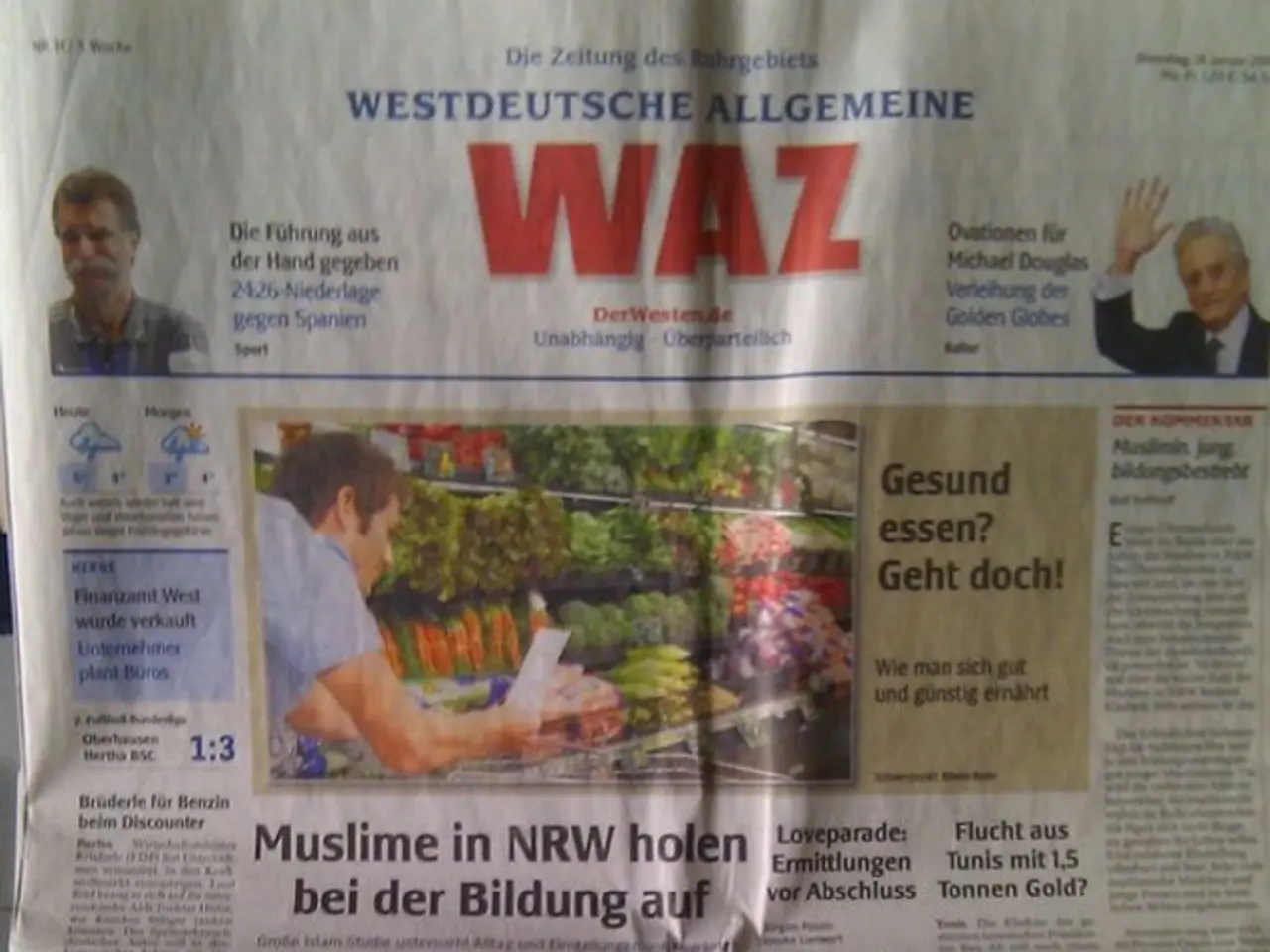Ardmore's Q2 2025 Earnings Discussion Transcript
=================================================================================
In the ever-evolving world of shipping, the product tanker segment in 2025 presents a unique blend of challenges and opportunities. A complex interplay of refining margins, OPEC+ production policies, geopolitical factors, and market inefficiencies driven by sanctions and refinery closures is shaping the current market landscape.
Refining Margins and Demand
Refining margins have been a significant influencer on product tanker demand, affecting refined product trade volumes. The ton-mile demand for product tankers has been growing steadily, with a compound annual growth rate (CAGR) of around 3.4% since 2000. However, in 2025, shipping revenues for product tankers are notably down compared to 2024, signifying weaker demand or pricing pressure despite this long-run growth trend.
OPEC+ Production
OPEC+ production cuts and policies remain a crucial factor impacting tanker demand and rates. These reductions tighten crude supply, indirectly affecting refined product flows and tanker utilization. The outlook for the next few years balances growth potential against the dampening effects of ongoing OPEC+ cuts and sanctions.
Geopolitical Factors
Geopolitical disruptions and sanctions are causing notable inefficiencies in product tanker markets. For instance, the possible reinstatement of U.S. tariffs could reduce shipments by 5-10% and shift cargoes between Aframax and Suezmax tankers, affecting deployment and freight rates.
Market Inefficiencies
These inefficiencies are visible in the mismatch between supply and demand segments. Supply slippage on newbuilding deliveries and vessel scrapping assumptions influence fleet availability. Sanctions disrupt normal trade flows, forcing longer or alternative routes, increasing ton-mile demand but complicating scheduling and utilization.
Rate Environment
Despite mixed performance in product tanker spot rates, they remain below 2024 averages for LR and MR segments. This indicates some softening pressure in the market. However, firms like Ardmore Shipping Corp. (ASC) benefit from strong spot rates and extended voyages linked to geopolitical volatility.
ASC's Progress and Financial Performance
ASC has made significant strides in digitalization and AI investments, contributing to operational efficiencies across fleet and shoreside operations. The company has also secured a €350 million fully revolving credit facility with a 1.8% margin and a six-year tenor, consolidating all existing debt.
The MarineLine project, a tank coating and efficiency upgrade project, has been completed, enhancing trading flexibility, attracting premium cargoes, and reducing fuel consumption. ASC reported EBITDAR of $22.4 million for Q2 2025, with adjusted earnings of $0.22 per share. The fleet achieved 99% on-hire availability during Q2 2025.
ASC's financial position remains strong, with a successfully refinanced debt facility and a low cash breakeven. The company has secured a three-year time charter on one 25,000-ton chemical tanker at $19,250 per day, and fixed rate charters on two MR tankers, bringing MR fixed rate coverage to four vessels at $22,500 per day on average for six to twelve months.
Looking Ahead
The trend of importing refined products on lengthy transpacific voyages due to local West Coast refinery closures is anticipated to accelerate in the near term. ASC has made an agreement to acquire three secondhand Korean-built MR tankers with deliveries expected this quarter, further strengthening its position in the product tanker market.
In conclusion, the product tanker market in 2025 is shaped by steady long-term demand growth but currently faces pressures from OPEC+ supply control, geopolitical sanctions (notably involving Russia), tariff uncertainties, and refinery closures. These factors lead to route and asset reallocation inefficiencies, moderating rates and shipping revenues despite generally favorable fundamentals for ton-mile demand growth. Despite these challenges, companies like ASC are adapting and finding opportunities for growth in this dynamic market.
[1] "Product Tanker Market Outlook 2025-2030." Drewry Maritime Research. (2023). [2] "U.S. Tariffs on Russian Oil: Impact on Product Tanker Markets." Teekay Tankers. (2023). [3] "Tanker Market Update Q2 2025." Teekay Tankers. (2025). [4] "Product Tanker Market Rates." Baltic Exchange. (2025). [5] "Product Tanker Demand Growth 2000-2025." International Energy Agency. (2023).
- The strong financial performance of ASC in 2025, as shown by their EBITDAR of $22.4 million and adjusted earnings of $0.22 per share, indicates the potential for investing in businesses involved in the shipping, finance, and real-estate sectors.
- The product tanker market's struggles with geopolitical sanctions and refinery closures could have an impact on finance, leading to a drop in earnings for companies operating in the sector and potentially creating opportunities for long-term investors.
- ASC's success in securing a fully revolving credit facility with a low margin and a long tenor, coupled with their efficiencies in digitalization and AI, could make them an attractive investment opportunity for those seeking growth in the business and finance arenas, particularly in the product tanker segment and other maritime industries.




